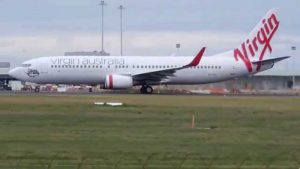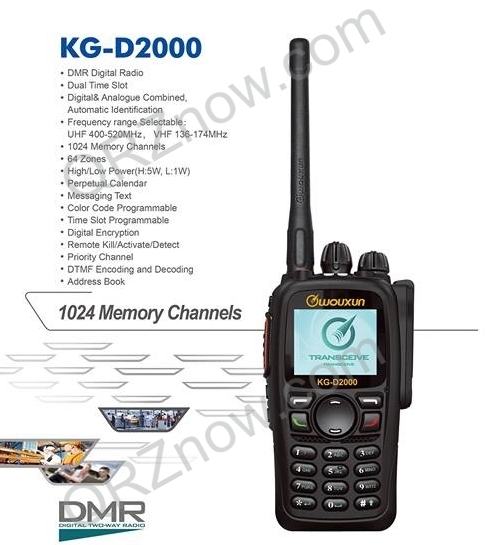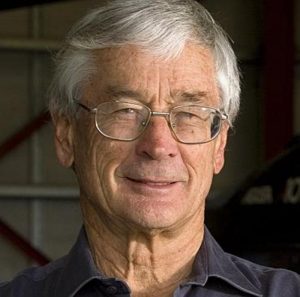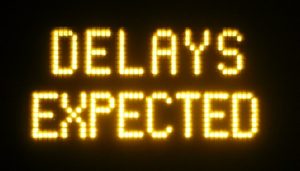
From the WIA, original post here.
Date : 10 / 11 / 2016
Author : Jim Linton – VK3PC
No less than 15 hoax radio calls on AM aeronautical channels have been made in the past weeks at Tullamarine Airport Melbourne, and the Avalon Airport near Geelong.
Police want public help to find the perpetrator. Here is what happened:
- A man pretends to be in a control tower and orders three jets to abort their landing
- Impersonation of a light aircraft with engine trouble putting out a may-day call.
The story has attracted wide media attention across newspapers, television and internet news sites. Melbourne’s Age and Sydney Morning Herald newspapers ran a story headed “lone-wolf hoaxer”, and unfortunately included a comment that “… rudimentary amateur VHF radio equipment could be used in such a hoax.”
The media coverage continued that a number of federal government agencies were investigating, but did say there were fears that copycat amateur radio operators might trying the same thing. Members of various Amateur Radio Facebook sites picked up on the newspaper reports, expressing alarm and concern that Amateur Radio could be implicated in such a negative way. Some radio amateurs emailed the WIA with their concerns.
The Institute understands that amateurs would be justifiably upset about any connection with such dangerous and illegal rogue transmissions. Some have expressed the view that individual radio amateurs should write-in to set the record straight, and that the WIA should make a strong statement to the offending publications. However, the WIA strongly advises caution about individuals making complaints. In situations like this, misunderstanding is easily compounded and may make matters worse by re-invigorating the original story from another angle.
It is common for the media to focus on the “issue of the moment” in a way that sensationalises matters, which could easily be to our detriment. Fortunately, the lone-wolf air-traffic radio hoaxer story had a very limited run. The WIA is prepared for the story to arise again, and is developing a considered response to the media to counteract any negative references to Amateur Radio.


 Dual Band, 1024 memories (I personally find the 128 on the Baofengs a little limiting), VHF: 136-174MHz, UHF: 400-520MHz, 5W. No doubt these will be more than the Baofeng, but they’ll still unquestionably be affordable.
Dual Band, 1024 memories (I personally find the 128 on the Baofengs a little limiting), VHF: 136-174MHz, UHF: 400-520MHz, 5W. No doubt these will be more than the Baofeng, but they’ll still unquestionably be affordable.

